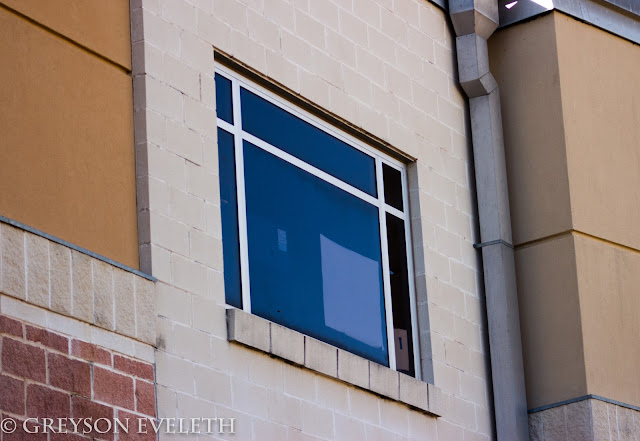I think the framing effect of the mirror looks captivating. It could convey a story, it has lots of effects such as the mirror, my hand the background also the fact that my face is covered my the camera. The actually camera is dark as well as my hair but the background is brighter balancing it out. The photo shows circle composition (the mirror) and it balanced.
I think the subject looks captivating, the color of my hair with the background is interesting. It conveys a serious emotion as there really is no facial expression other than that. It has lights, darks and shadows, my face is lit while the background is darker and the background has shadows while my face has none. The composition is simple, it has balance and symmetry.
The selfie within the portrait I think is captivating and interesting. The content has a story, taking a selfie instead of portrait but using it in the portraits anyway. The photo has a dark background in parts but still has light and my phone screen has it's own light. The photo is centered and balanced but otherwise is simple.

















































